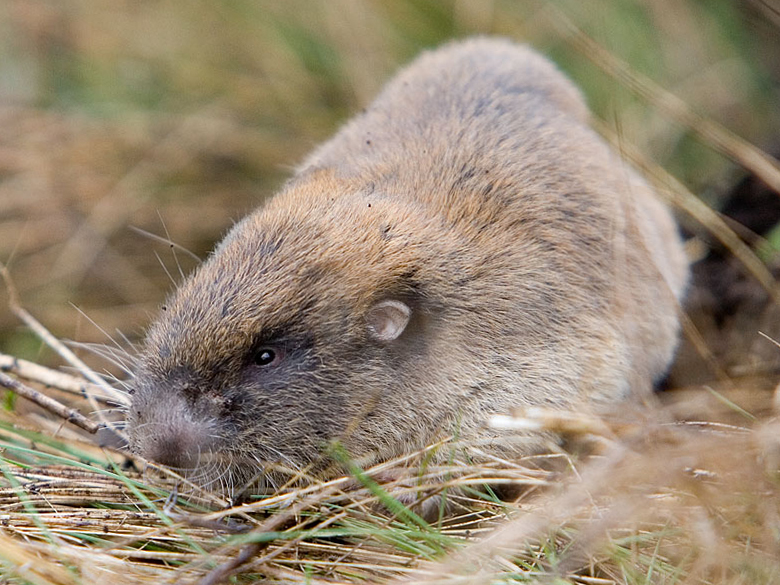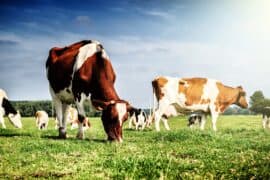Mazama pocket gopher
(Thomomys mazama)

Description
The Mazama pocket gopher (Thomomys mazama) is a smooth-toothed pocket gopher restricted to the Pacific Northwest. The herbivorous species ranges from coastal Washington, through Oregon, and into north-central California. Four subspecies of the Mazama Pocket Gopher are classified as endangered including Thomomys mazama; pugetensis (Olympia pocket gopher), tumuli (Tenino pocket gopher), glacialis (Roy Prairie pocket gopher), and yelmensis (Yelm pocket gopher). The Mazama Pocket Gopher is one of the smallest of 35 species in the pocket gopher family. Mazama pocket gophers are light brown to black in color, with adults ranging in size from 5 to 6 inches in length. The Mazama pocket gopher’s distinctive features include pointed claws, long whiskers, and protruding chisel-like front teeth. The pocket gopher serves as prey for a variety of predatory species. The species has poor vision, but excels at digging burrows with their long claws and strong limbs and its burrows are used by a number of other species. The gophers transport food and nesting material by fur pouches on their bodies and pockets within their cheeks.The gopher's diet consists of plant material, mostly vegetation, roots and tubers. According to a study conducted in South-Central Oregon between 1973 and 1974, the Mazama Pocket Gopher’s diet consists mostly of above ground parts of forbs, grasses, woody plants, and plant roots. These comprised 40%, 32%, 4%, and 24% of their diet, respectively, by volume, per a study which examined the contents of the stomachs of 110 Mazama Pocket Gophers. The diet of the Mazama Pocket Gopher adapts to the availability of different foods, however they tend to choose the most succulent foods available throughout the year. The gophers exhibit asocial behaviors except during the gestation and mating season. Mating is believed to be polygamous. Gestation lasts around 18 days, with each litter averaging 3 or 4 young. Females will usually have one litter per year between March and June. Pocket gophers form an angled tunnel in the ground as they dig for roots to eat. In this process, they transform the soil into a soft and sifted powder, in turn creating a unique, irregularly shaped mound with an off-center hole.
Taxonomic tree:







